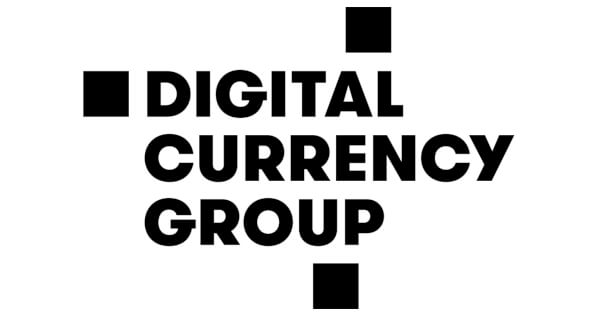A growing issue in the artificial intelligence world is stirring discussions – the restricted access to advanced AI models. These models, like GPT-3.5 and GPT-4, are powerful conversation tools developed by OpenAI. However, gaining access to them for analysis and development has been limited due to paywalls and strict controls placed by the companies that own them.
Currently, there aren’t many ways to access these models freely. Some platforms offer limited trial access, which often comes with significant restrictions. As a result, researchers, developers, and AI enthusiasts face barriers when exploring the capabilities and limitations of these advanced AI models.
GPT4Free, abbreviated as G4F, emerges as an innovative artificial intelligence package to address this challenge. It provides backdoor access to these high-powered AI models by reverse engineering the application programming interfaces (APIs) platforms used with paid access to these models. This method tricks the systems into thinking the requests come from authorized sources, allowing users to interact with and study these models more comprehensively.
The metrics surrounding GPT4Free shed light on its impact and popularity within the AI community. With a substantial presence on GitHub, G4F boasts significant traction: utilized in nearly 473 repositories, contributed by 163 developers, and amassing a notable 51k stars and 12.6k forks. These statistics signify the widespread interest and usage of G4F within the AI community.
This illicit method, however, comes with its own set of ethical and legal concerns. By circumventing access controls and terms of service, GPT4Free operates in a legally dubious space. It raises questions about the proper governance, security, and control over these influential AI models. Nonetheless, its ability to offer deeper insights into these models’ strengths, weaknesses, and reliability must be considered.
In conclusion, the emergence of GPT4Free has sparked both intrigue and controversy in the AI landscape. While it addresses the need for broader access to advanced AI models like GPT-3.5 and GPT-4, its methods raise ethical and legal concerns. The metrics demonstrate its widespread adoption and the thirst within the AI community for deeper insights into these powerful models. However, striking a balance between accessibility and ethical usage poses a complex challenge that necessitates thorough deliberation…..
Note: We don’t recommend any software or tool with legal or ethical concerns.





















